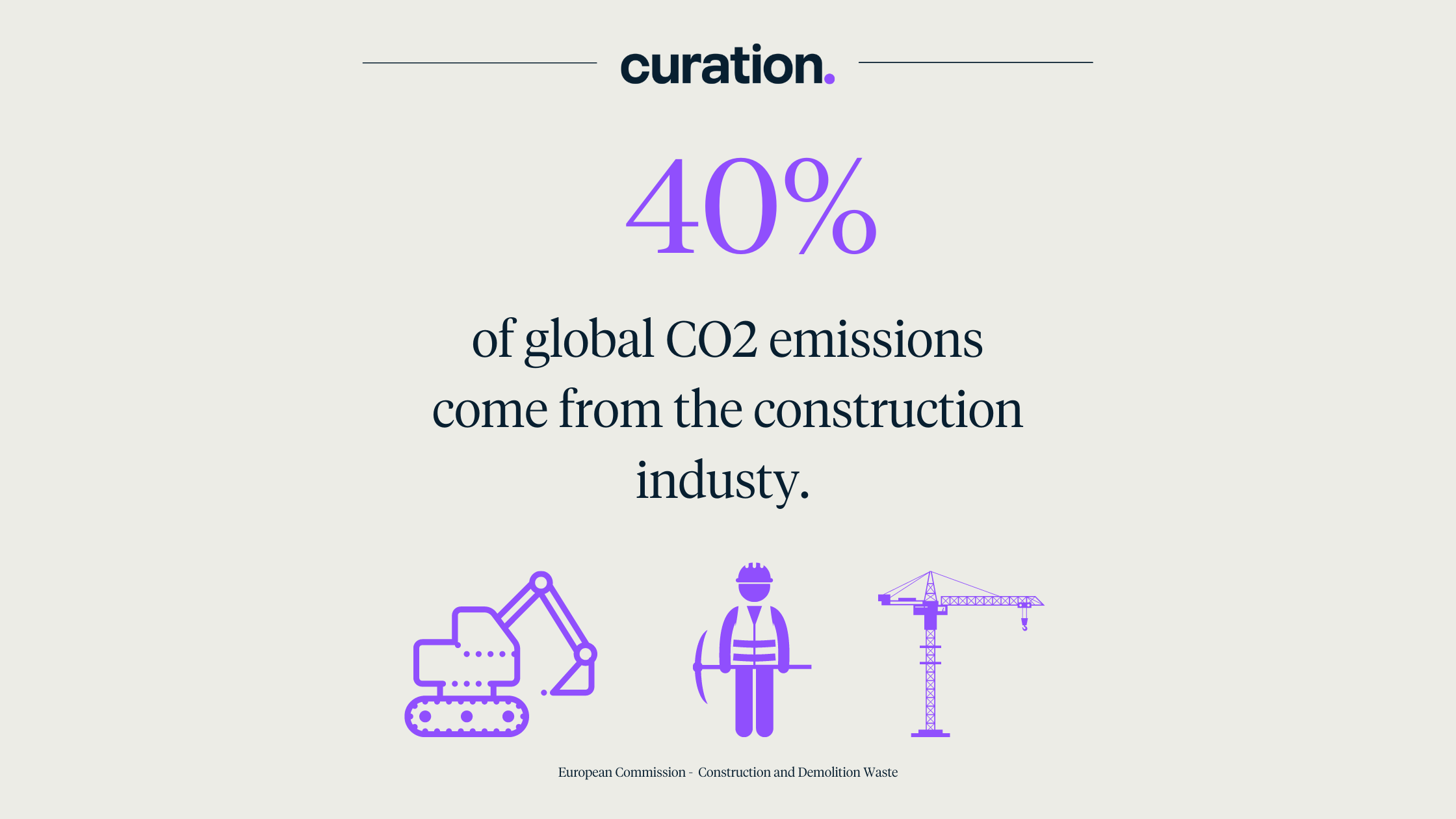
Your old towels could be repurposed into roads
What’s happening? Circular clothing firm Usedfully and its partners will pilot Strength-Tex, made with used textiles, in a section of road in Wellington, New Zealand. Strength-Tex is the first of several industrial-scale products developed from waste textiles. A section of road will be laid with Strength-Tex, incorporating 500 kg of used textiles to save around 11,725 kg of CO2 equivalent and around 568,500 litres of water. Roads are laid using cellulose for stabilisation and integrity. (Smart Cities World)
Why does this matter? The construction industry is responsible for around one-third of the world’s total waste and at least 40% of global CO2 emissions.
This circular approach tackles domestic textile waste – a rapidly growing waste stream in New Zealand – and simultaneously improves the sustainability credentials of asphalt, creating a “win-win-win” solution, according to Wellington Mayor Andy Foster.
UsedFully’s fibre-to-roading approach seeks to make use of existing cellulose in the form of textiles from used towels, cotton clothing and sheets – of which around 220,000 tonnes are sent to landfill annually – reducing reliance on virgin cellulose which is currently imported into New Zealand. The application will elongate the lifecycle of textile waste and repurpose it into long-life infrastructure. From a climate perspective, both diverting waste from landfills and reducing imports can curb the emissions associated with shipping and transportation by around 400,000 tonnes of CO2 equivalent every year.
What’s bad about asphalt? Despite improving production processes that curb energy usage and CO2 emissions – warm mix asphalt, for example – there is still a way to go to improve the material’s environmental footprint.
Asphalt also contributes to some forms of air pollution, despite not usually being factored into formal pollution inventories. Under warmer temperatures, asphalt can emit up to 300% more in pollutants into the atmosphere. A study found asphalt in California’s South Coast Air Basin released more secondary organic aerosols in summer months compared to diesel and gas motor vehicles combined.
As climate change continues to drive temperatures higher, asphalt-related emissions will also increase. People are trying to mitigate this through innovations such as bitumen technology and applying treatments to pavements.
Following the green brick road – Circularity is also being use to repurpose other problematic materials, for example by incorporating plastic waste into construction materials. US-based ByFusion has developed a concrete block alternative using ocean plastic waste and non-recyclable plastic, piloting a steam-based process that produces 40% fewer emissions compared to traditional concrete production.
In India, researchers are trialing a method that replaces up to 70% of sand in concrete with shredded plastic waste. This not only utilises waste plastic but also reduces the amount of sand needed to make concrete. Sand is the second most exploited natural resource after water, and current rates of sand mining are unsustainable, contributing to biodiversity loss and social and economic inequalities.
Meanwhile, climate-adaptive alternative paving is also gaining traction. Canadian start-up Stormflow’s porous asphalt replacement consists of recycled truck tyres and crushed stone and absorbs rainwater to reduce storm-water runoff. A similar approach utilising plastic waste is being piloted in Mexico City’s Chapultepec Forest to mitigate heavy rainfall and flooding, aiding the “sponginess” of the city.


